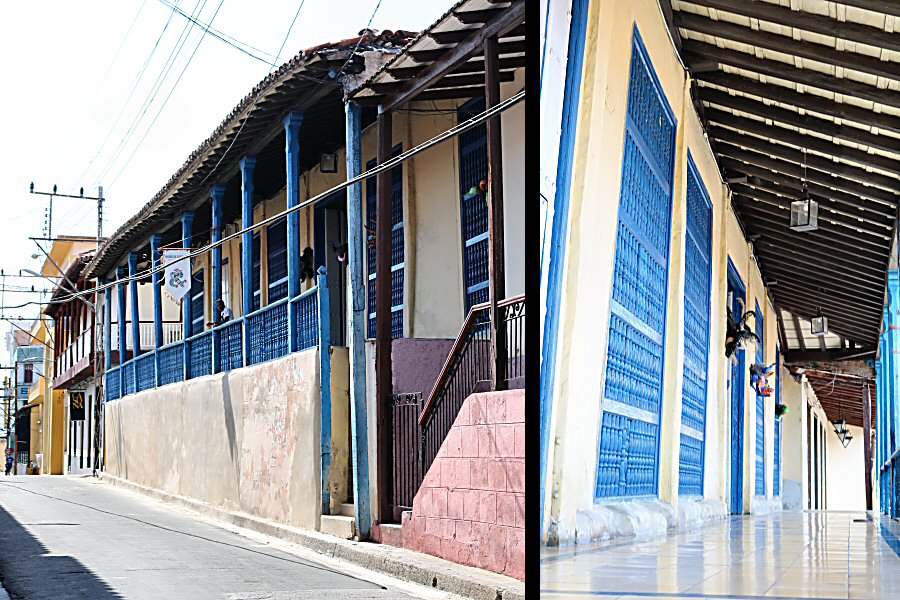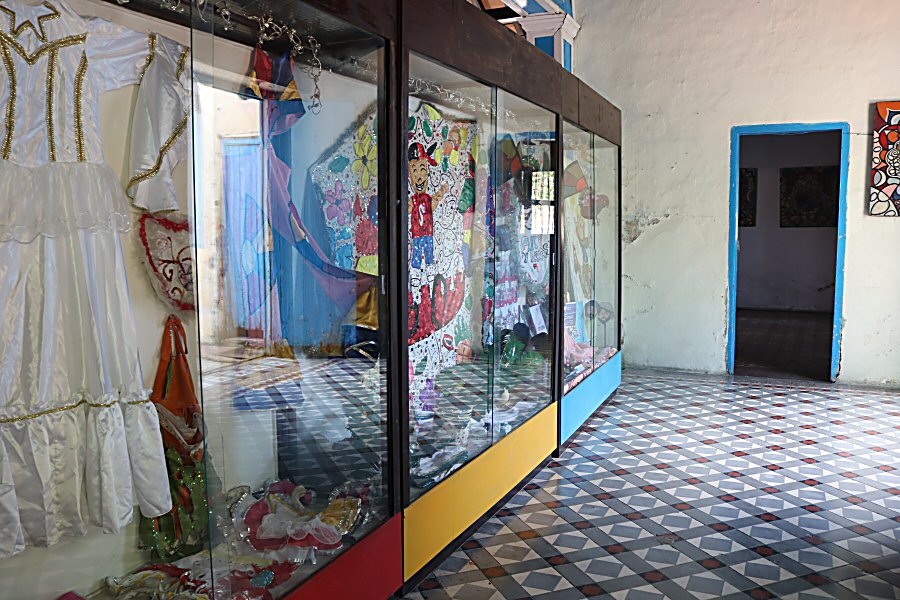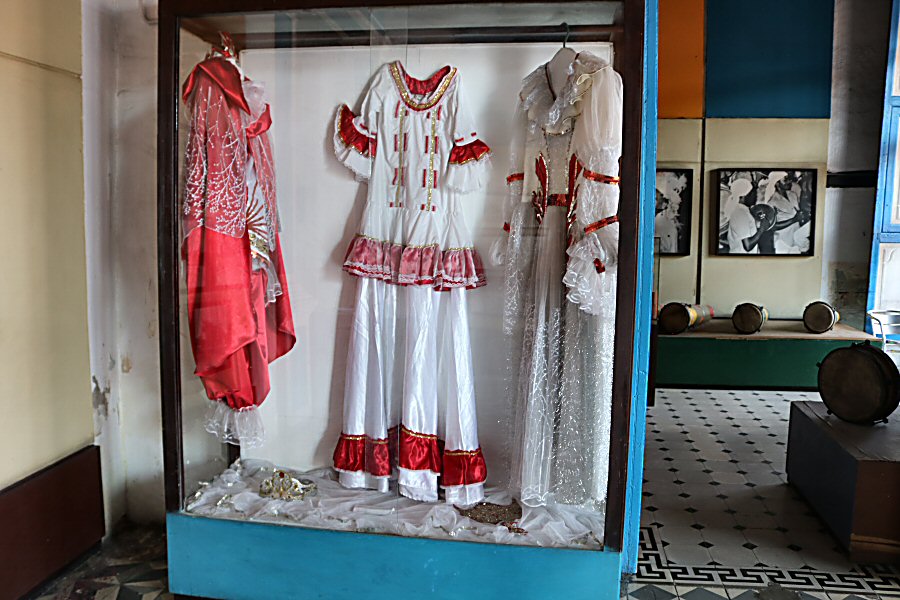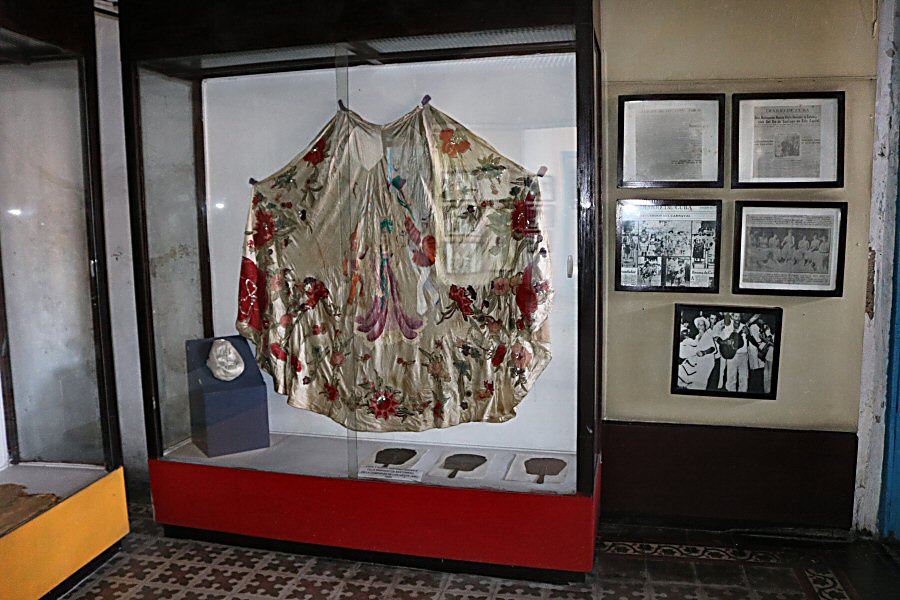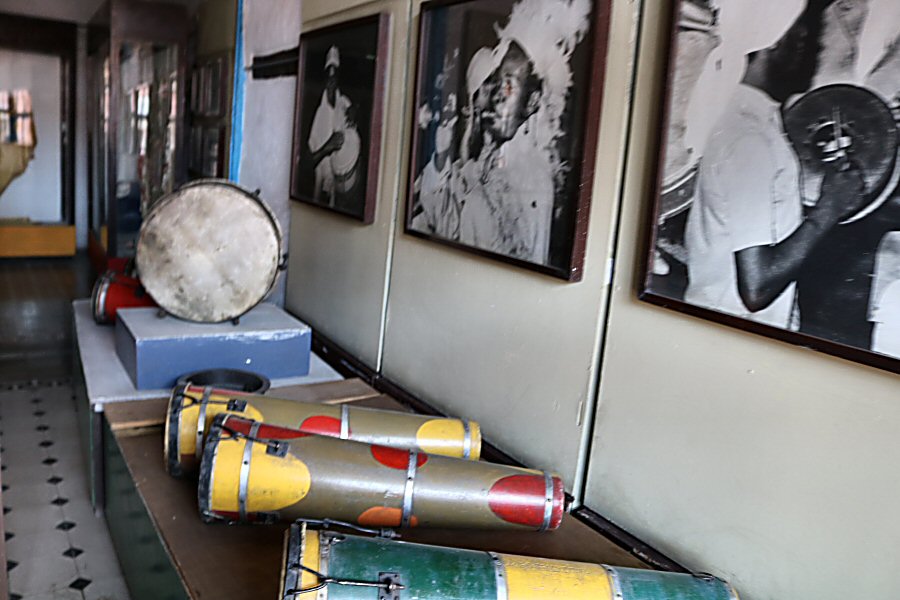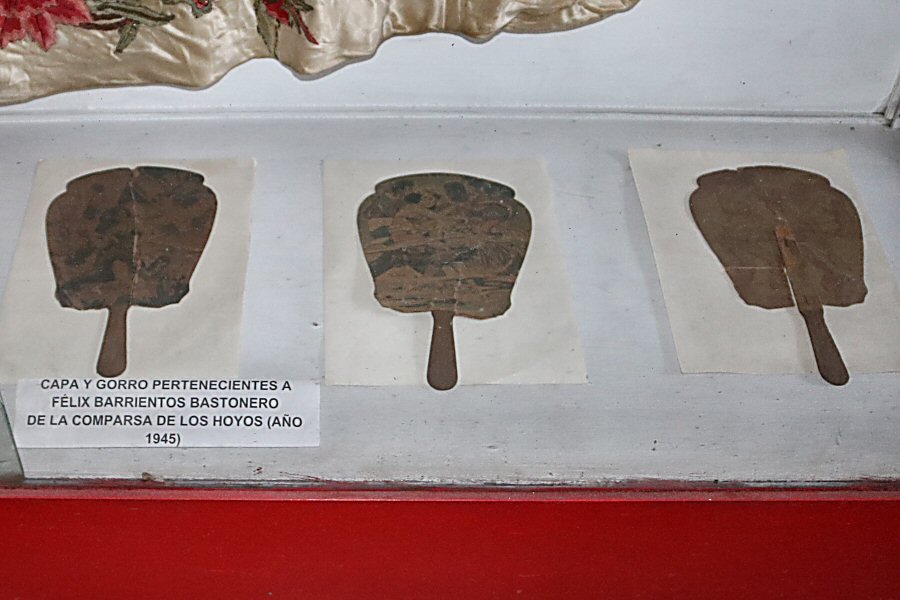Museo El Carnaval is located in Heredia # 303, between Carnicería and Calvario streets.
Monday - Sunday 08:00 - 16:00
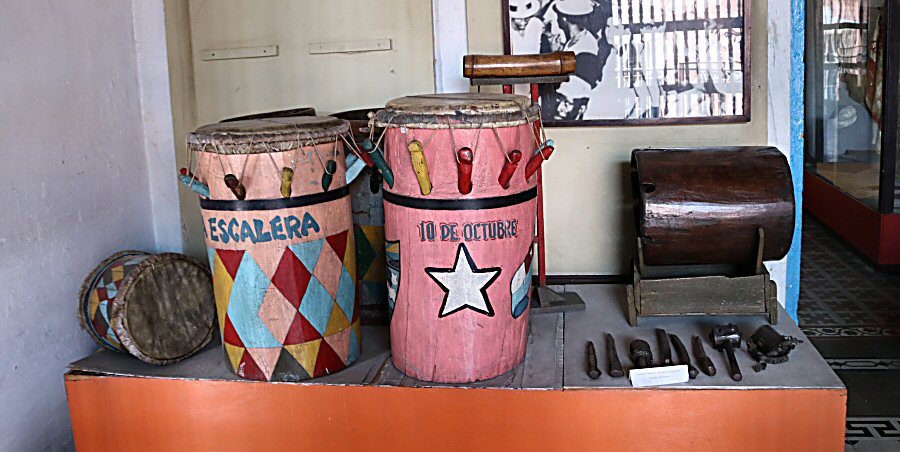

Since 1982 this colonial
property that was declared National Monument, serves as the
commission that is responsible of the organization of the
carnival and some popular parties. This cultural institution was
inaugurated in 1983 as a museum with the aim of showing the
traditions and memories of the carnivals that are held in the
city annually in July. The evolution of this performance can be
seen in the museum through photographic sequences with
explanatory texts, chronologies, different objects, and musical
instruments used in the realization of the carnival.
The building dates from the
18th century. It was intended and used as mansion, but in 1950s
it was converted into the primary school of Catholic Pedagogical
College, where the children of wealthy families of the time were
attending. During 1960s until 1968, it continued with its
function as a primary school under a different name (Eduardo
García Lavandero). Eduardo Garcia Lavandero was a fighter in the
clandestine struggle against the regime of Batista. Later, the
building became an office of the Ministry of Education.
Although the interior of the
building underwent several transformations with the passage of
time, the façade still maintains its original beauty. The
presence of two large Spanish doors, made of solid wood with
bronze nails, and the balustrade large windows with wooden
crossbars characterize the main façade and give it a unique
formal appearance. The front corridor, accessed by two stairs,
gives an urban appearance to the house, creating an intermediate
space between the street and the life of the inhabitants. The
decorated alforja ceiling in one of its interior rooms deserves
special mention.
The themes exhibited in the
museum, can be grouped into three stages: the colonial time, the
republic time and the revolution. Touring through the rooms of
the museum, the history of the santiaguero carnival that
originated in the religious processions of July 25, dedicated to
Santiago Apóstol, can be seen through photographic sequences
with explanatory texts and chronologies, as well as the
important objects of this tradition, such as trophies, banners,
costumes, capes, and the street decoration. The museum has a
separate room dedicated to the musical instruments of some
important groups that join the carnival, like Cabildo Carabali
Olugo, French tomb, and Conga Santiaguera Cubana.
The shady patio is a place
where some folk groups meet to recreate regional and national
folklore every afternoon, except on Saturdays.
